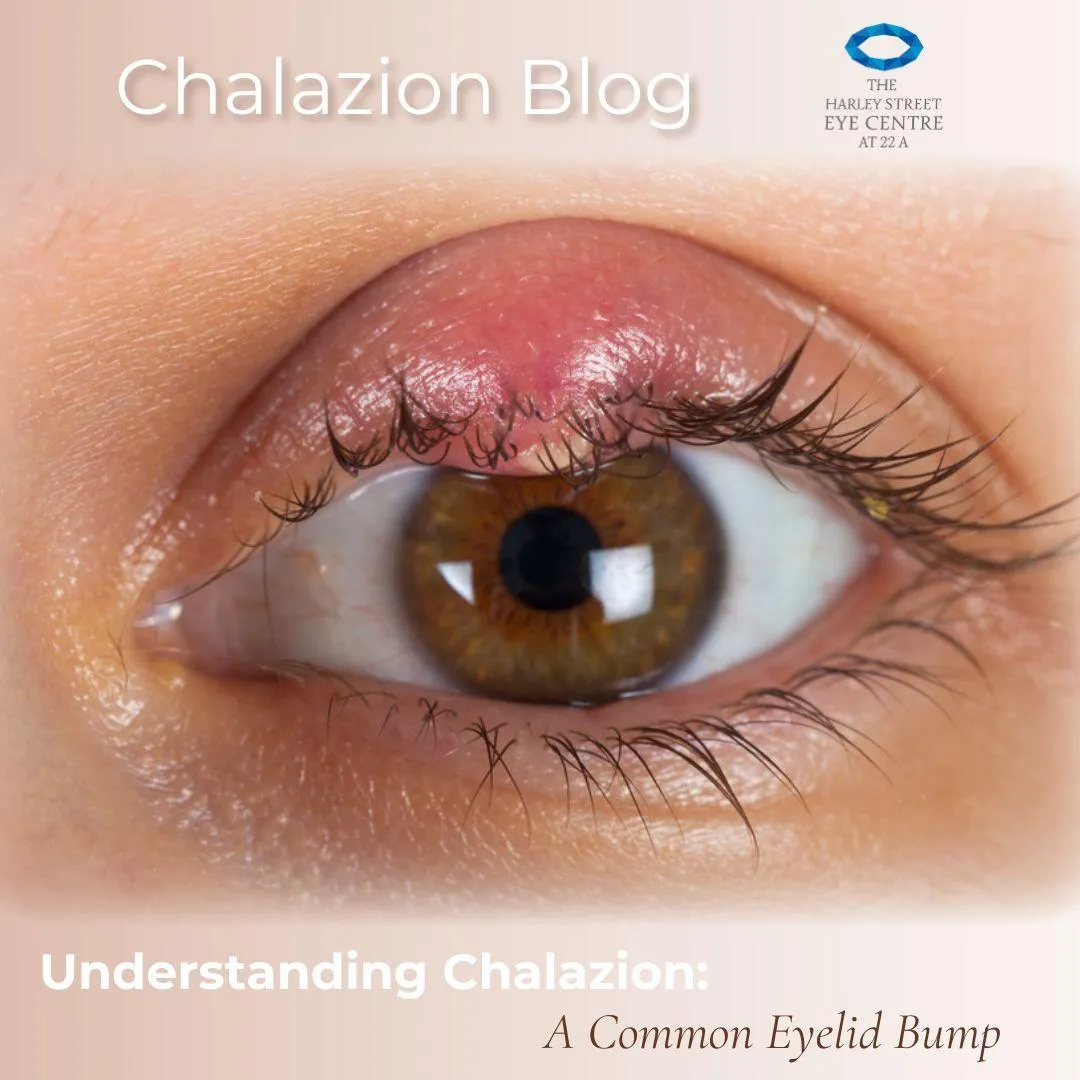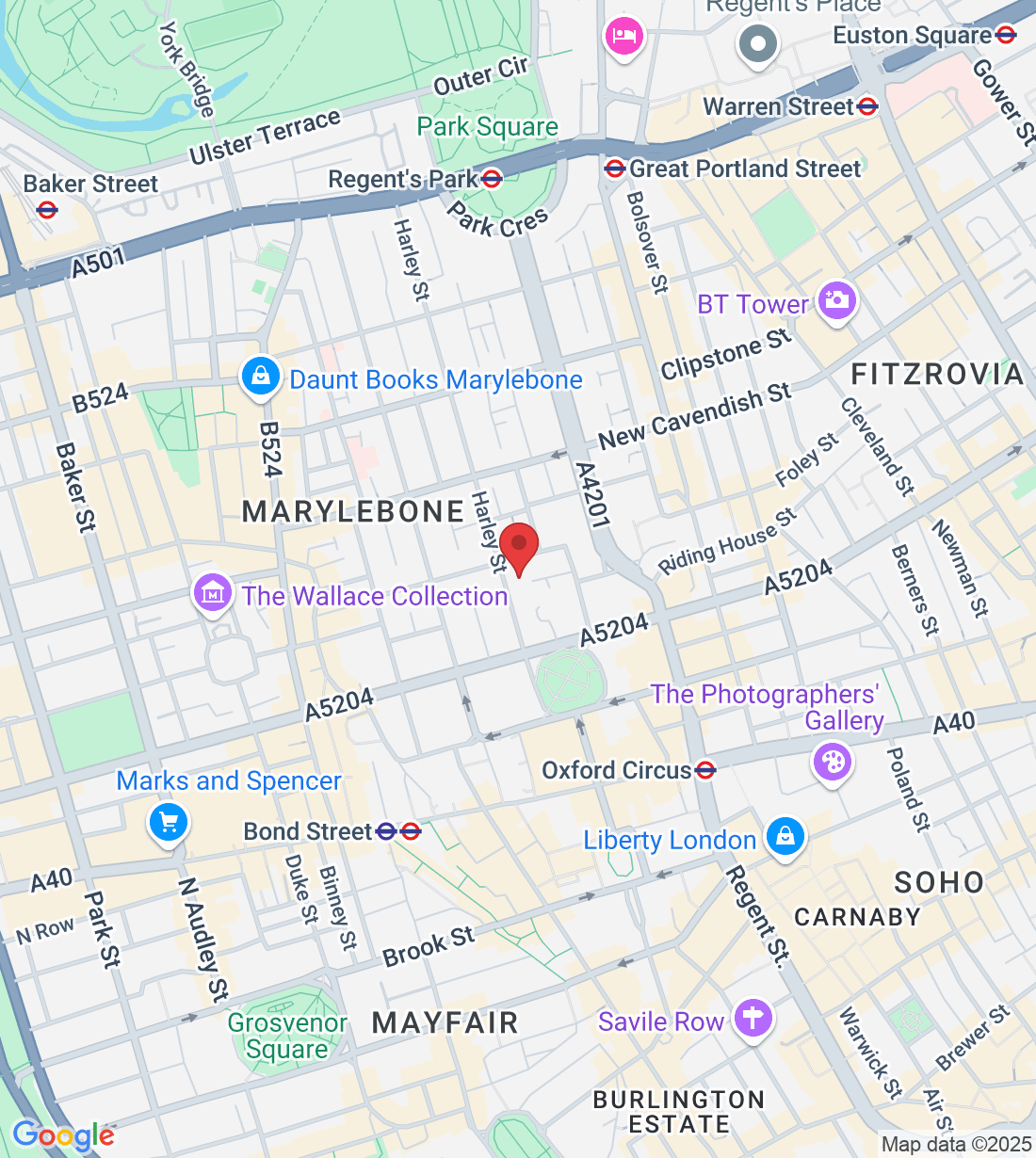
Understanding Chalazion: A Common Eyelid Bump
Understanding Chalazion: A Common Eyelid Bump
Imagine waking up to find a small, painless bump on your eyelid. It might be a chalazion, a common eye condition that many people experience at some point in their lives. In this blog, we'll delve into what a chalazion is, its causes, symptoms, and most importantly, how to manage and prevent it.
What is a Chalazion?
A chalazion is a non-infectious, painless bump that forms on the eyelid. It occurs when an oil gland, known as a meibomian gland, becomes blocked. Meibomian glands are responsible for producing an oily substance that helps lubricate the eyes and prevent tears from evaporating too quickly.
Causes of Chalazion
Several factors contribute to the development of a chalazion, and understanding these triggers can help in its prevention. Some common causes include:
Blockage of Meibomian Glands: The primary cause of chalazion is the blockage of meibomian glands, preventing the normal flow of oil onto the surface of the eye.
Bacterial Infections: In some cases, a chalazion may be triggered by a bacterial infection, leading to inflammation and blockage of the oil gland.
Stuck with a stubborn chalazion that won't budge even with warm compresses and antibiotic drops? Dive into our insights and discover why! If you're seeking answers, our blog has got you covered.
Seborrhea: Individuals with seborrhea, a skin condition characterized by excessive oil production, may be more prone to chalazia.
Poor Eyelid Hygiene: Inadequate eyelid hygiene can contribute to the accumulation of debris and bacteria, increasing the risk of meibomian gland blockage.
Recognizing Chalazion: Signs and Symptoms
Identifying a chalazion is crucial for timely intervention. Keep an eye out for the following signs and symptoms:
Eyelid Swelling: A noticeable swelling on the eyelid is a common indicator of a chalazion.
Tenderness: Unlike styes, chalazia are usually painless but may cause slight tenderness.
Redness: The affected area may appear red or inflamed.
Blurred Vision: In rare cases, a large chalazion may press on the cornea, causing blurred vision.
Diagnosis and Treatment
If you suspect you have a chalazion, it's essential to consult an eye care professional for an accurate diagnosis. During the examination, the eye doctor will:
Inspect the Eyelid: The doctor will examine the eyelid, looking for signs of inflammation, redness, and the characteristic bump.
Evaluate Vision: In cases of blurred vision, a vision test may be conducted to assess the impact of the chalazion on eyesight.
Treatment for chalazia is generally straightforward and non-invasive:
Warm Compresses: Applying warm compresses to the affected eyelid helps soften the oils, facilitating the drainage of the blocked gland.
Eyelid Massage: Gently massaging the eyelid can help promote the flow of oils and reduce inflammation.
Topical Antibiotics: In cases where a bacterial infection is present, your doctor may prescribe topical antibiotics.
Steroid Injections: For persistent or larger chalazia, a steroid injection may be recommended to reduce inflammation.
Prevention Tips
While chalazia are often unavoidable, certain practices can minimize the risk of their occurrence:
Good Eyelid Hygiene: Clean your eyelids regularly to remove debris and reduce the risk of gland blockage.
Warm Compresses: Incorporate warm compresses into your routine to keep the meibomian glands functioning optimally.
Explore 'Complementary Care' and find out how private chalazion treatment can complement your NHS options. If you're intrigued by the possibilities, don't miss our related blog posts!
Avoid Touching Your Eyes: Touching your eyes with dirty hands can introduce bacteria, increasing the risk of infections.
Nutritious Diet: Ensure your diet includes foods rich in omega-3 fatty acids, as they contribute to eye health.
Chalazion vs. Stye: What's the Difference?
It's common for people to confuse chalazia with styes due to their similar appearance. However, there are key differences:
Pain Level: Styes are usually painful, while chalazia are typically painless.
Location: Styes develop at the base of eyelashes, while chalazia form in the eyelid's oil glands.
Cause: Styes are often caused by a bacterial infection in a hair follicle, while chalazia result from meibomian gland blockage.
When to Seek Medical Attention
While most chalazia resolve on their own with home care, it's crucial to consult a healthcare professional if:
The bump persists for more than a few weeks.
The chalazion is causing significant discomfort or affecting your vision.
Multiple chalazia appear simultaneously.
Finally, a chalazion may seem alarming at first, but with proper care and attention, it can be managed effectively. By understanding the causes, symptoms, and treatment options, individuals can take proactive steps to prevent chalazia and maintain optimal eye health. If you ever notice changes in your eyes or experience persistent symptoms, don't hesitate to consult with an eye care professional for personalized guidance. Your eyesight is precious, and keeping them healthy is key to a vibrant and clear outlook on life.
Ask And His Team
Fill in the form to request a Call From Our Team
One of our team will call you for FREE and answer any questions or concerns you may have about your eye health
© Copyright 2023. The Harley Street Eye Centre. All rights reserved.






